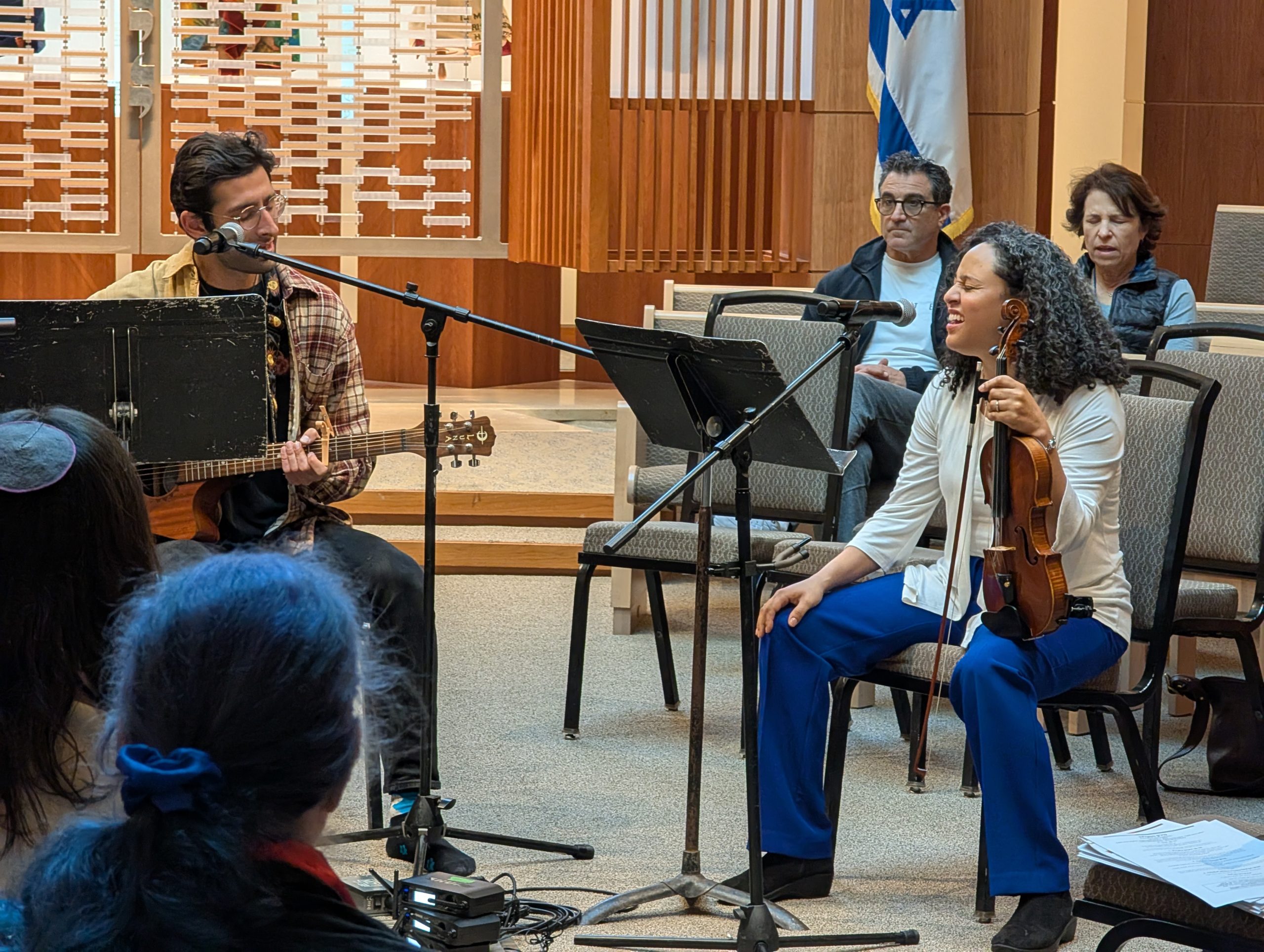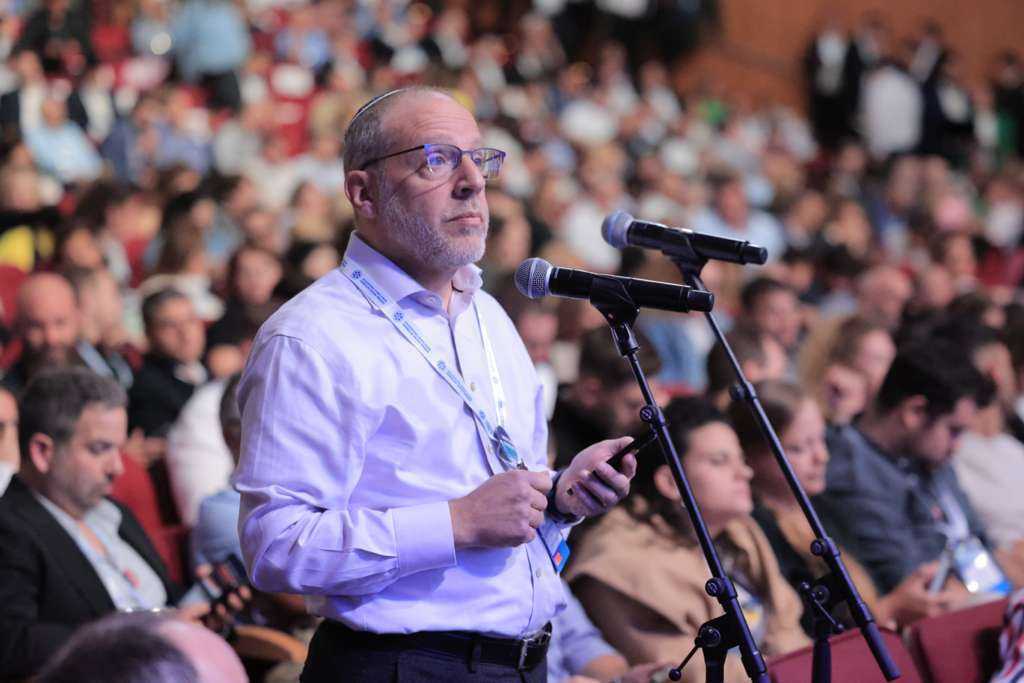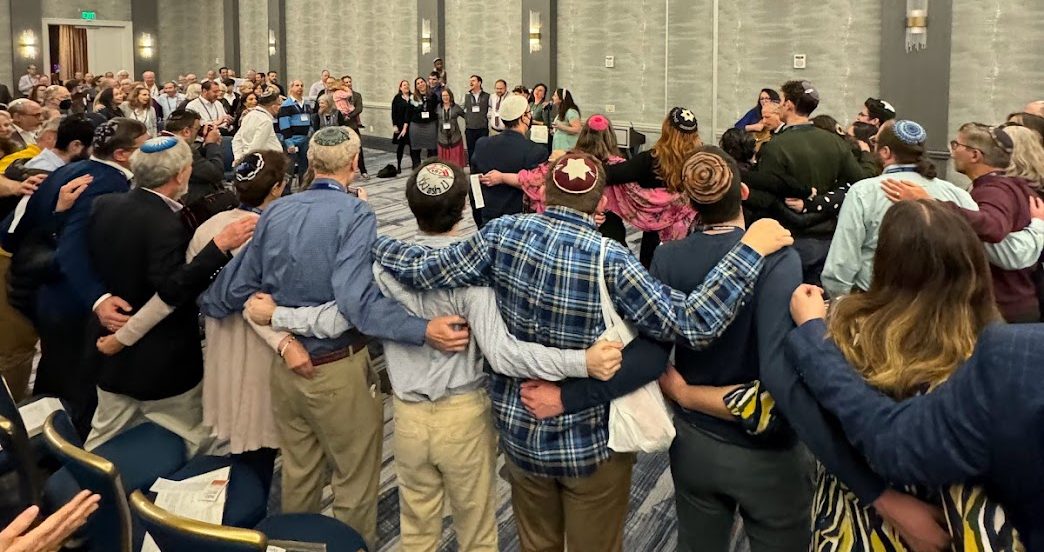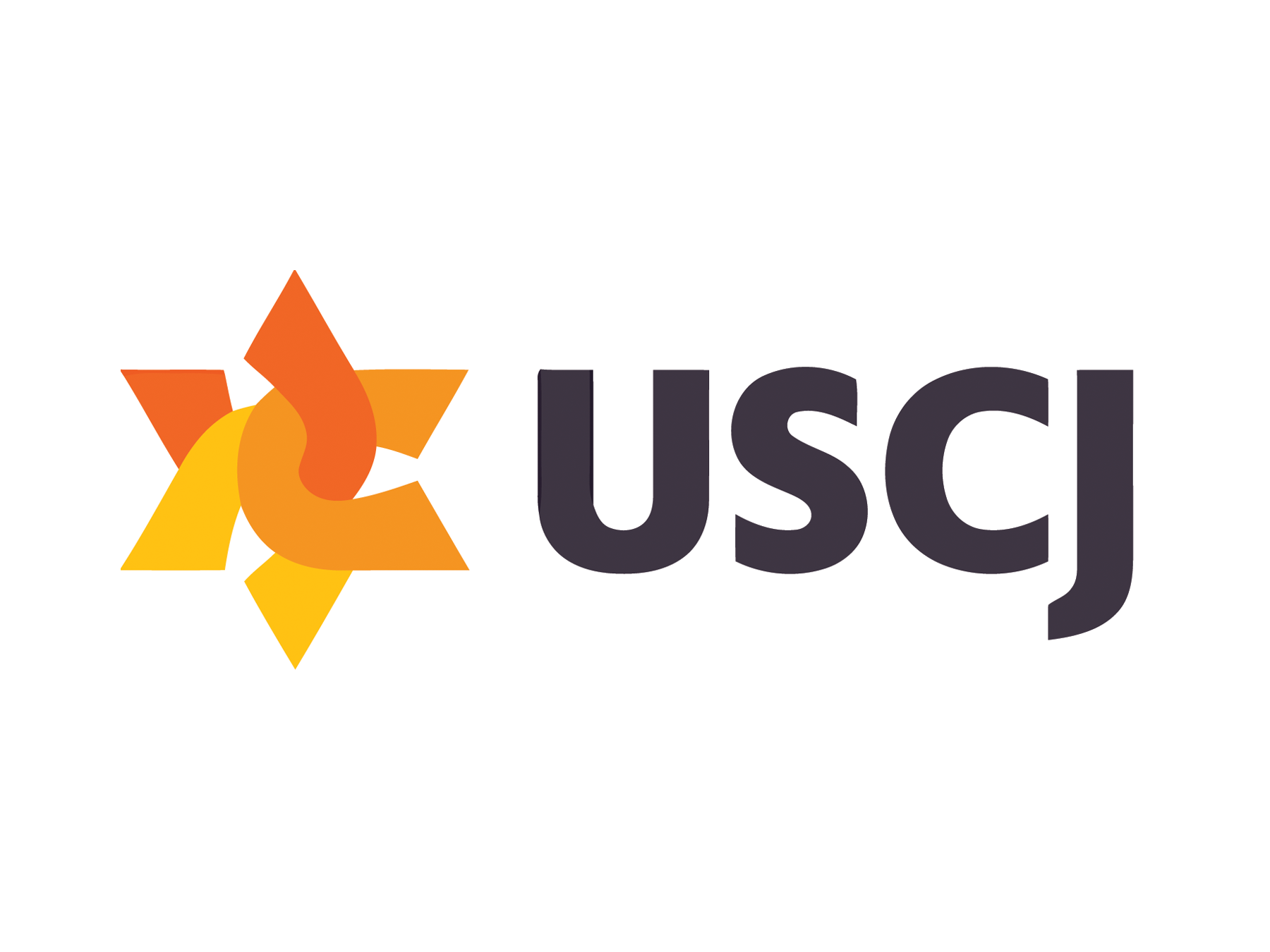
In a recent poll of USCJ-affiliated congregations, 32% of respondents said their synagogue does not allow musical instruments at Shabbat services. With nearly 150 congregations responding, 68% allow musical instruments to be used at least some of the time. Only 15% of respondents allowed musical instruments universally across all Shabbat services, with most reserving musical instruments to special occasions. Our last survey of 67 congregations in 2013 indicated that only 45% of those congregations allowed any musical instruments at Shabbat services.
The topic of musical instruments on Shabbat has been a bit of a hot potato in the Conservative/Masorti Movement. Traditionally, there were concerns that musicians might be tempted to fix their instruments, which would go against Shabbat observance. However, the Rabbinical Assembly’s Committee on Jewish Law and Standards has evolved over time, permitting organs since 1958 and guitars since 1970. There is still no teshuvah about modern instrumentation, leaving clergy with the authority to make the decisions for their communities.
Music-Free Zone
Among the 47 congregations that don’t permit musical instruments, we see a diverse mix of size, ranging from smaller congregations under 99 members to larger ones of over 1,000. Interestingly, the majority of the congregations not using instruments have 300 household units or fewer.
In the comments in the poll, synagogue leaders reported that clergy are decision makers behind music policy. Some leaders lamented that they’ve seen members leave for congregations with more musical services. This suggests that lay people may have a strong desire for music options in their worship.
Musical Congregations
On the flip side, two-thirds of congregations embrace music during Shabbat services. Those allowing instruments often reserve them for special occasions like youth services, Kabbalat Shabbat (Friday night), or alternative services on Shabbat mornings. Notably, 75% of responding large congregations (700+ members) reported using musical instruments to some extent. However, only 15% of total respondents said that instruments are universally allowed during all Shabbat services.
Within those allowing musical instruments, congregations reported a wide range of practices.
- 3% allow only hand-held percussion instruments such as tambourines or bongos
- 20% permit acoustic instruments without any amplification
- 46% allow acoustic instruments with microphone amplification
- 20% embrace electric instruments
- 11% indicated some mixed practices depending upon service type
Some congregations even mentioned bringing instruments into their High Holidays services. Others noted that while there’s no strict policy against instruments at their synagogue, a lack of volunteer musicians can make musical services rare in practice. These differences also likely reflect differing interpretations of Jewish law on the matter.
A Shift Over the Years
In 2013, USCJ and the Cantors Assembly conducted a poll on this same topic, which was only answered by 67 congregations. This 2025 poll was answered by 147 congregations.
The two most notable changes from 2013 to 2025:
- 45% ➡️ 67% allowing musical instruments at Shabbat services
- 5% ➡️ 15% allowing instruments in the sanctuary on Shabbat morning
Both surveys had small sample sizes of self-selected respondents, so neither poll is a comprehensive report on practices of all affiliated congregations, but may be indicative of trends in the Conservative/Masorti Movement of North America.
As the landscape of worship within Conservative/Masorti synagogues continues to evolve, the increasing acceptance of musical instruments on Shabbat signifies a growing desire for a more dynamic and engaging spiritual experience. This shift reflects not only the evolving interpretations of tradition but also the voices of congregants seeking a deeper connection through instrumental music. As time progresses, it will be interesting to see how communal worship and the overall vibrancy of the Shabbat experience develop in the years to come.









